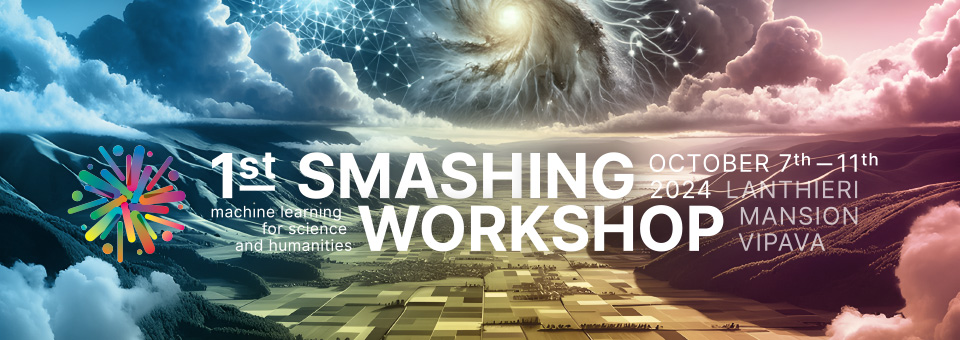Speakers
Description
Accurate modeling of sea level and storm surge dynamics with several day-long temporal horizons is essential for effective coastal flood response and the protection of coastal communities and economies. The classical approach to this challenge involves computationally intensive ocean models that typically calculate sea levels relative to the geoid, which must then be correlated with local tide gauge observations of sea surface heights (SSH). A recently proposed deep learning model, HIDRA2, avoids numerical simulations while delivering competitive forecasts. Its forecast accuracy depends on the availability of a sufficiently large history of recorded SSH observations used in training. This makes HIDRA2 less reliable for locations with less abundant SSH training data. Furthermore, since the inference requires immediate past SSH measurements at input, forecasts cannot be made during temporary tide gauge failures. We address the aforementioned issues with a new architecture, HIDRA3, that considers observations from multiple locations, shares the geophysical encoder across the locations, and constructs a joint latent state, which is decoded into forecasts at individual locations. The new architecture brings several benefits: (i) it improves training at locations with scarce historical SSH data, (ii) it enables predictions even at locations with sensor failures, and (iii) it reliably estimates prediction uncertainties. HIDRA3 is evaluated by jointly training on eleven tide gauge locations along the Adriatic. Results show that HIDRA3 outperforms HIDRA2 and the standard numerical model NEMO by ~15% and ~13% MAE reduction at high SSH values, respectively, setting a solid new state-of-the-art. Furthermore, HIDRA3 shows remarkable performance at substantially smaller amounts of training data compared with HIDRA2, making it appropriate for sea level forecasting in basins with large regional variability in the available tide gauge data.

